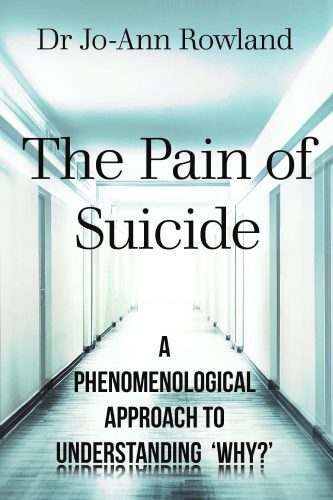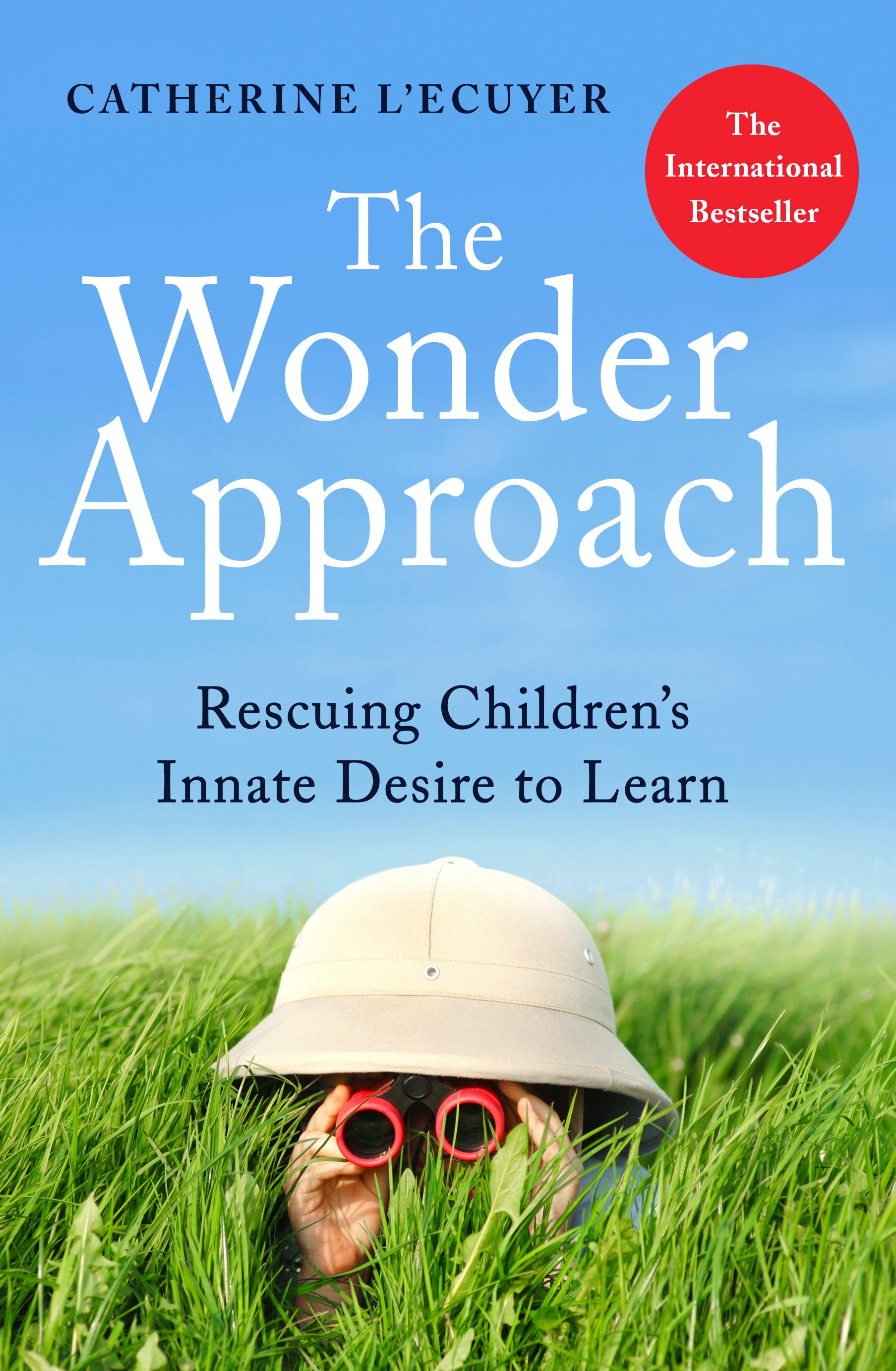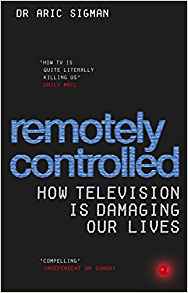
When a loved one takes their own life, we are stunned.
Even if it was expected – and often it isn’t – we wonder how they can have taken themselves away from us. Dr Jo-Ann Rowland sought to investigate some of the whys by focusing on a specific sub-set of one community with a high suicide rate.
What’s it about?
A phenomenological approach to understanding why people commit suicide; specifically, why the Indo-Guyanese population located along Guyana’s north-eastern coast have such a high rate of suicide that Guyana had, statistically, the highest estimated suicide rate in the world in 2012 and 2014.
Rowland’s stated aim is to understand the driving forces behind this high rate of attempted and completed suicides, and to develop a plan to help reduce the high rate. To achieve these aims, Rowland discusses sociocultural phenomena, specific (anonymised) cases of suicide, psychological and theological factors, and reasons for suicide attempts given by suicide survivors.
Finally she considers the scope and outcomes of her research.
What’s it like?
Interesting. Saddening. Framed by the author’s religious viewpoint.
Reading about a culture in which suicide is both illegal and highly prevalent was deeply interesting, though ultimately I wanted to read more about the individual cases than the nature of this book allowed.
I was surprised by the relatively low numbers of suicide survivors and family members that Rowland interviewed, but my psychologist friend reassured me that this was perfectly typical of a qualitative, grounded theory study.
Rowland is a Christian and the Indo-Guyanese are primarily Hindus. This leads to some interesting theological discussions about whether the Hindu religion actually leads the Indo-Guyanese people to be more vulnerable to suicide (due to their belief in reincarnation in particular).
As an atheist, I am uncomfortable with Rowland’s apparent conclusion that belief in Jesus can help to mitigate suicides, but I suppose that is more because the conclusion fits so beautifully with Rowland’s own belief system that it needles the sceptic in me, rather than the discomfort stemming from any fundamental disagreement with her ideas.
Rowland’s missionary aims are obvious and make me very uncomfortable, though I can’t fault her diligence in this book.
Final thoughts
‘The Pain of Suicide’ was quite a departure from my normal reading matter, (in which suicides tend to be swiftly revealed as a murder-in-disguise!) but I am aware that this is a serious public health issue – and a deeply personal issue for so many people.
Rowland has some important suggestions for improvements in Guyanese policies (especially around responsible media reporting, sympathetic medical care, decent pharmaceutical controls and well-organised policing) that may well help to mitigate suicide rates there.
Overall this was an interesting read, though decidedly less universally relevant than the book’s blurb (which describes ‘over 800,000 reported suicides worldwide’) implies.


